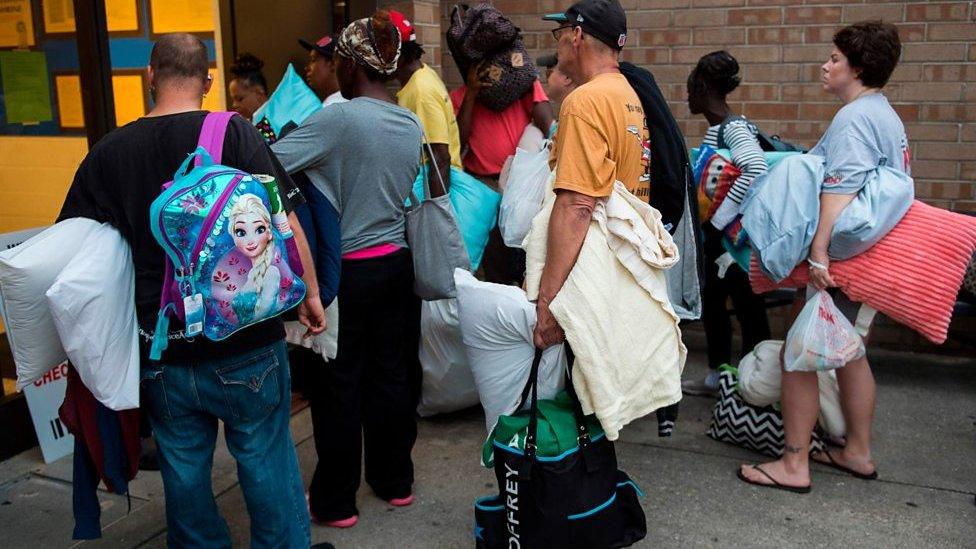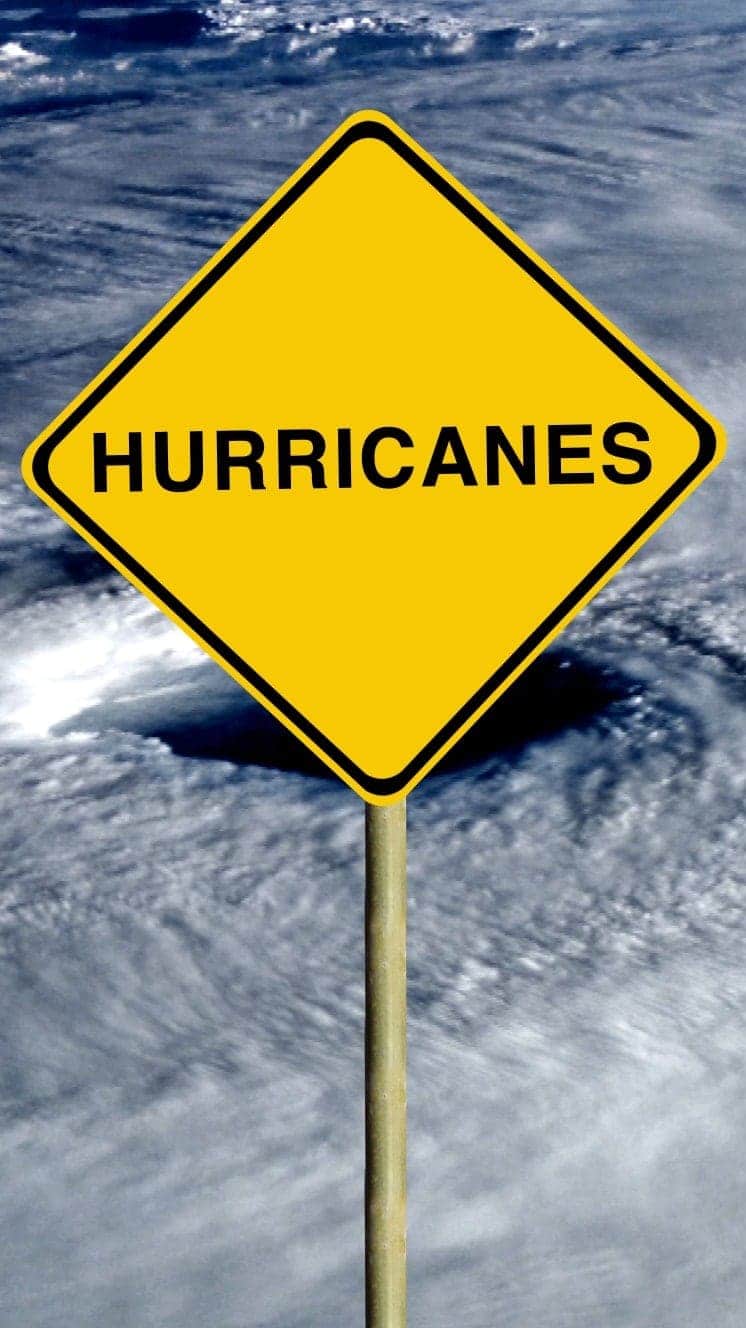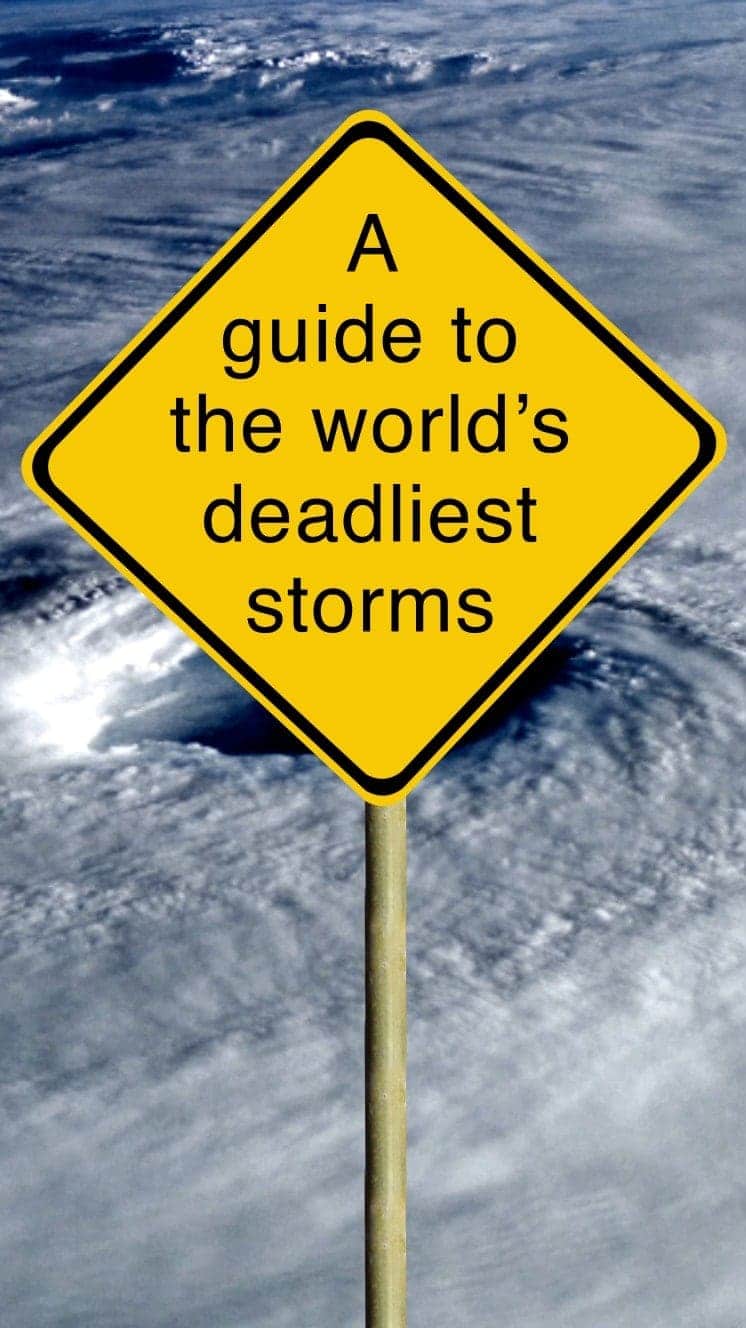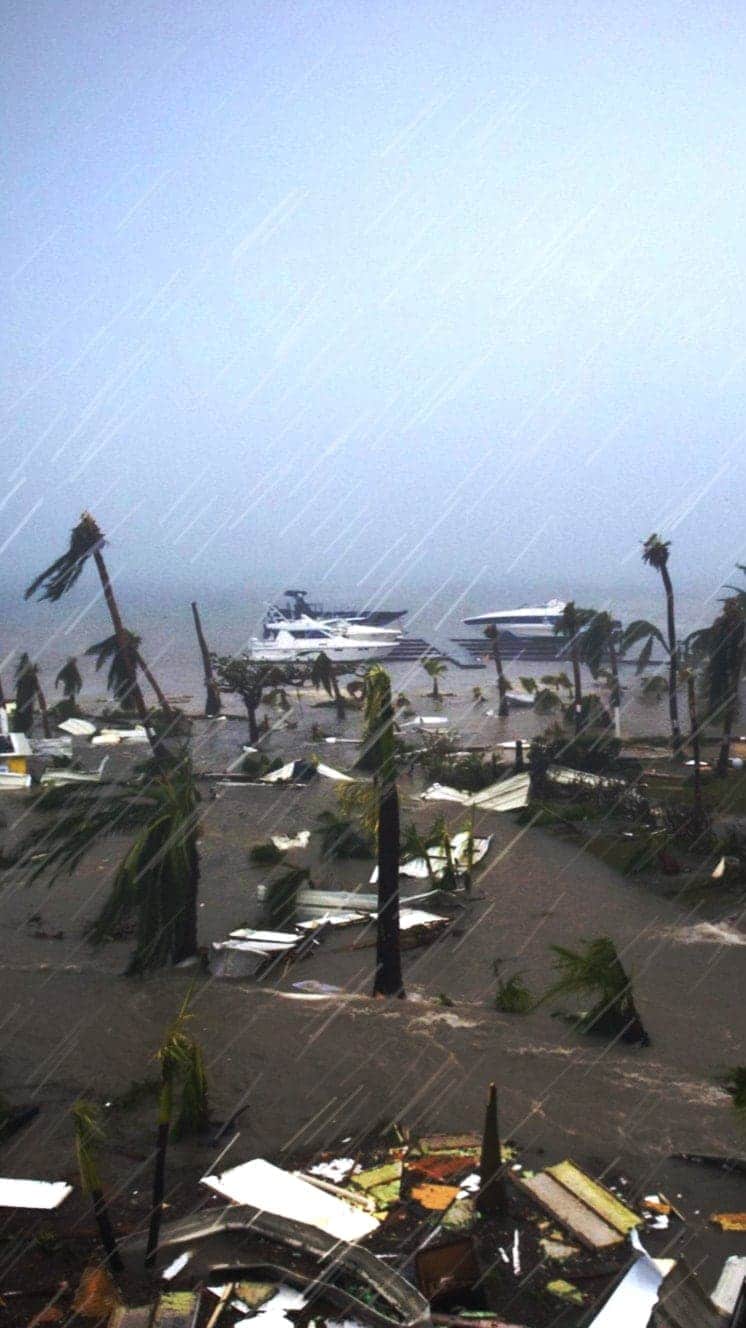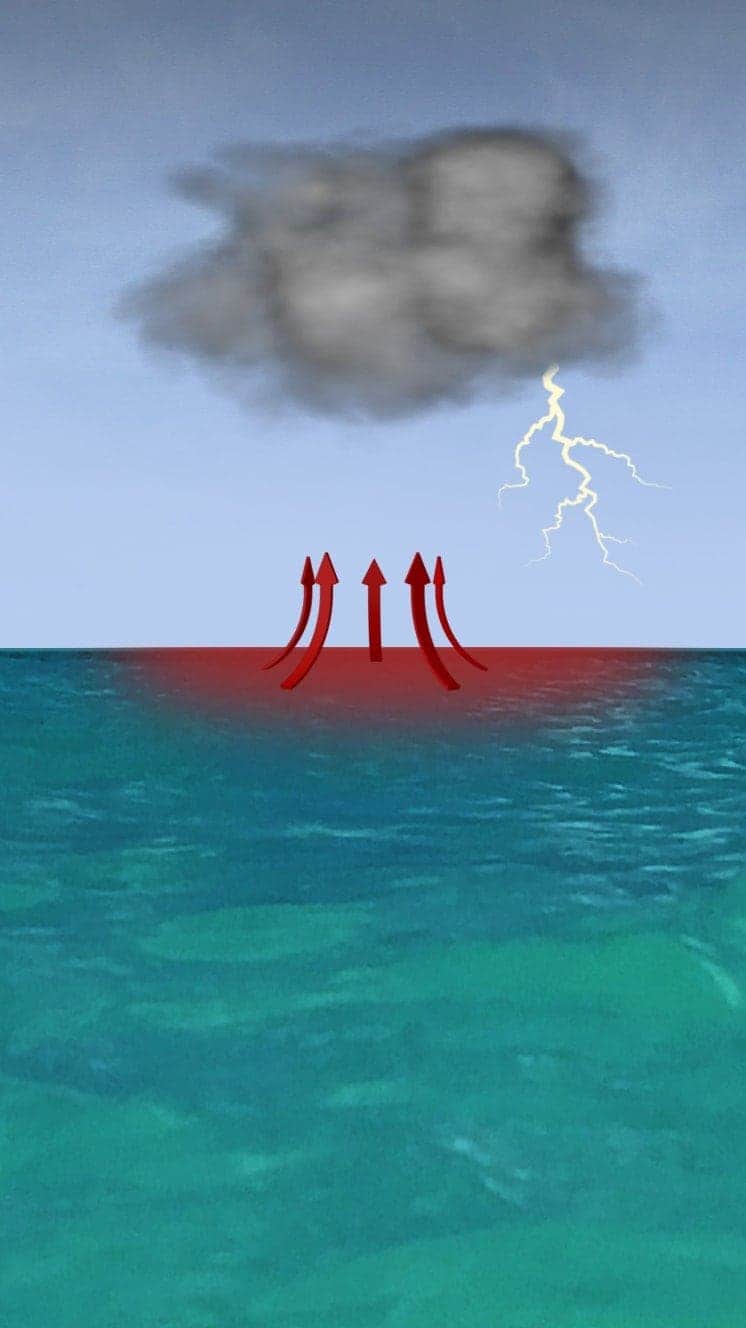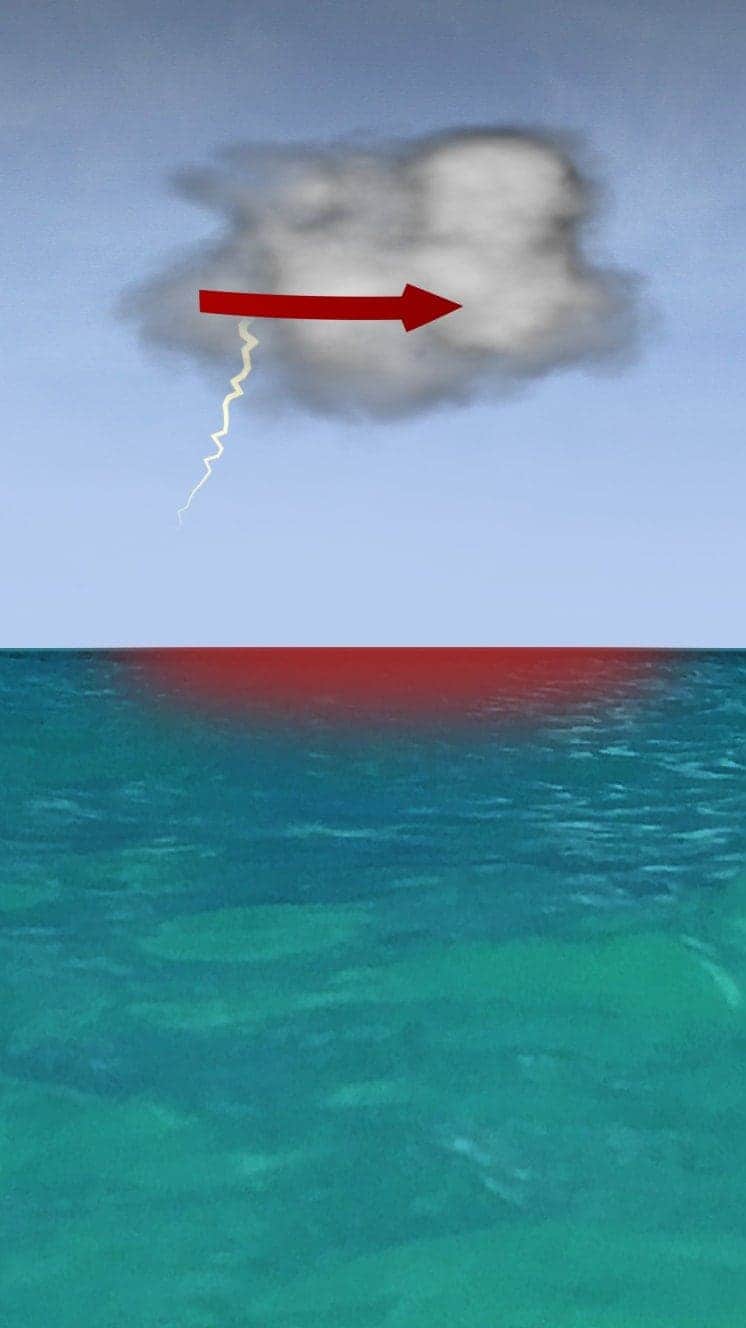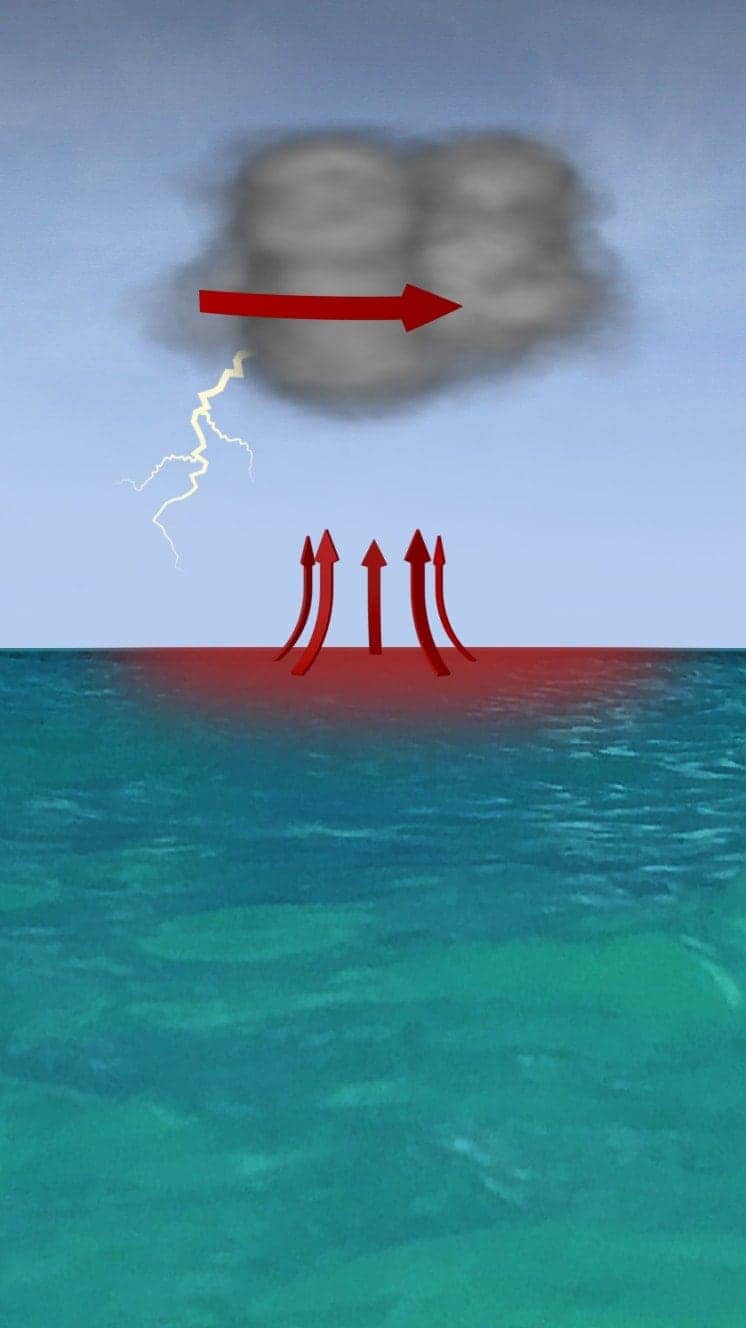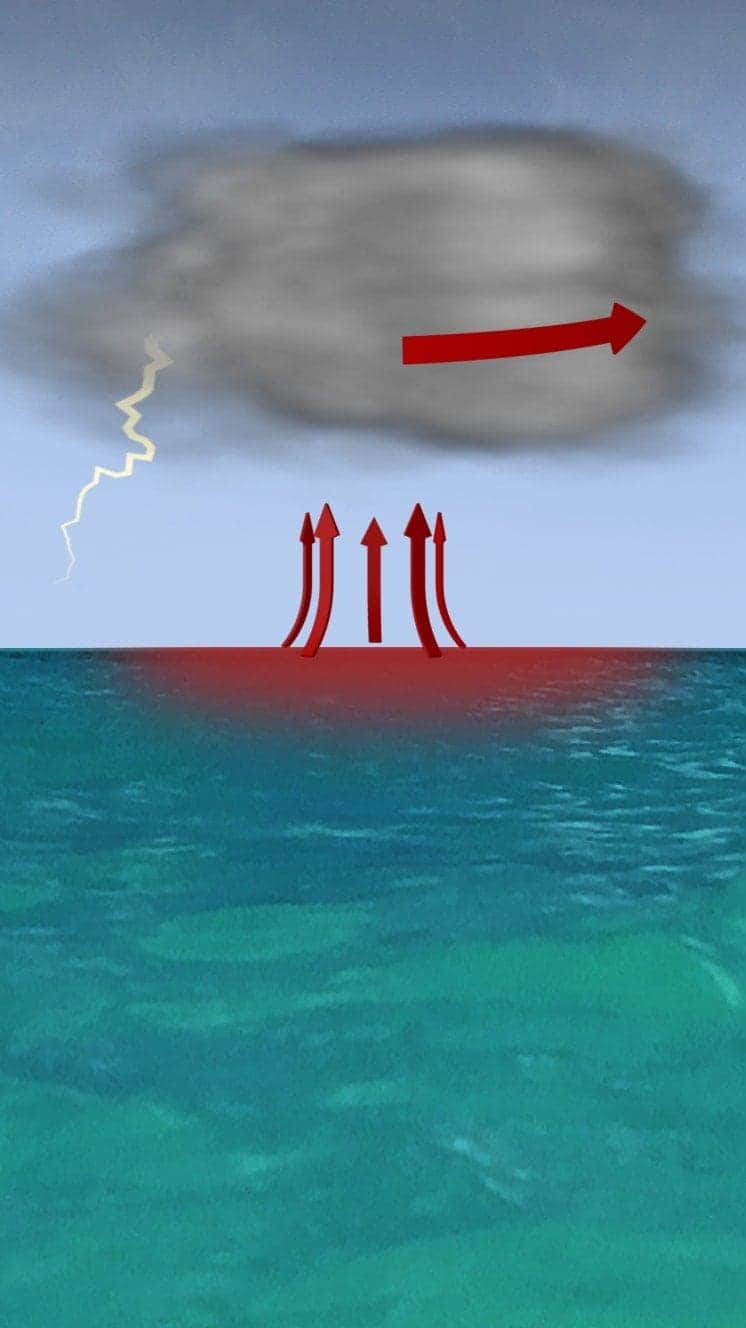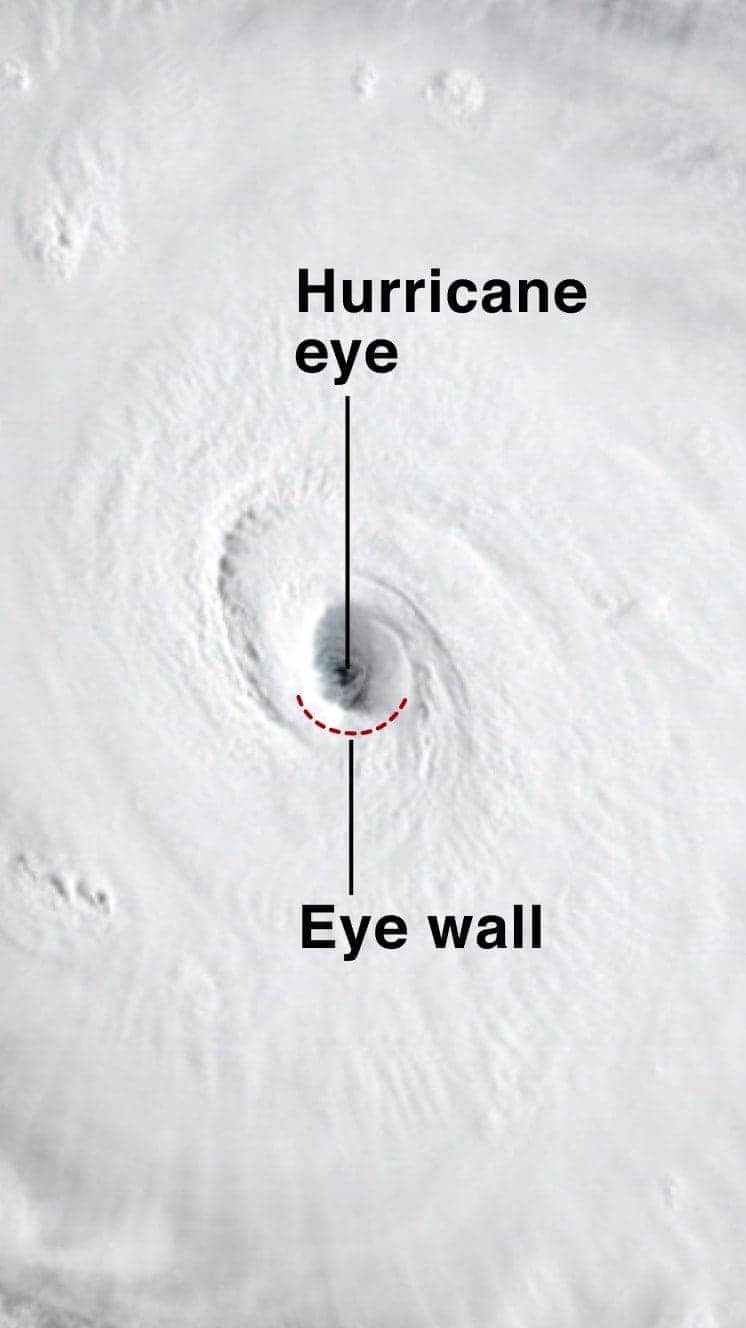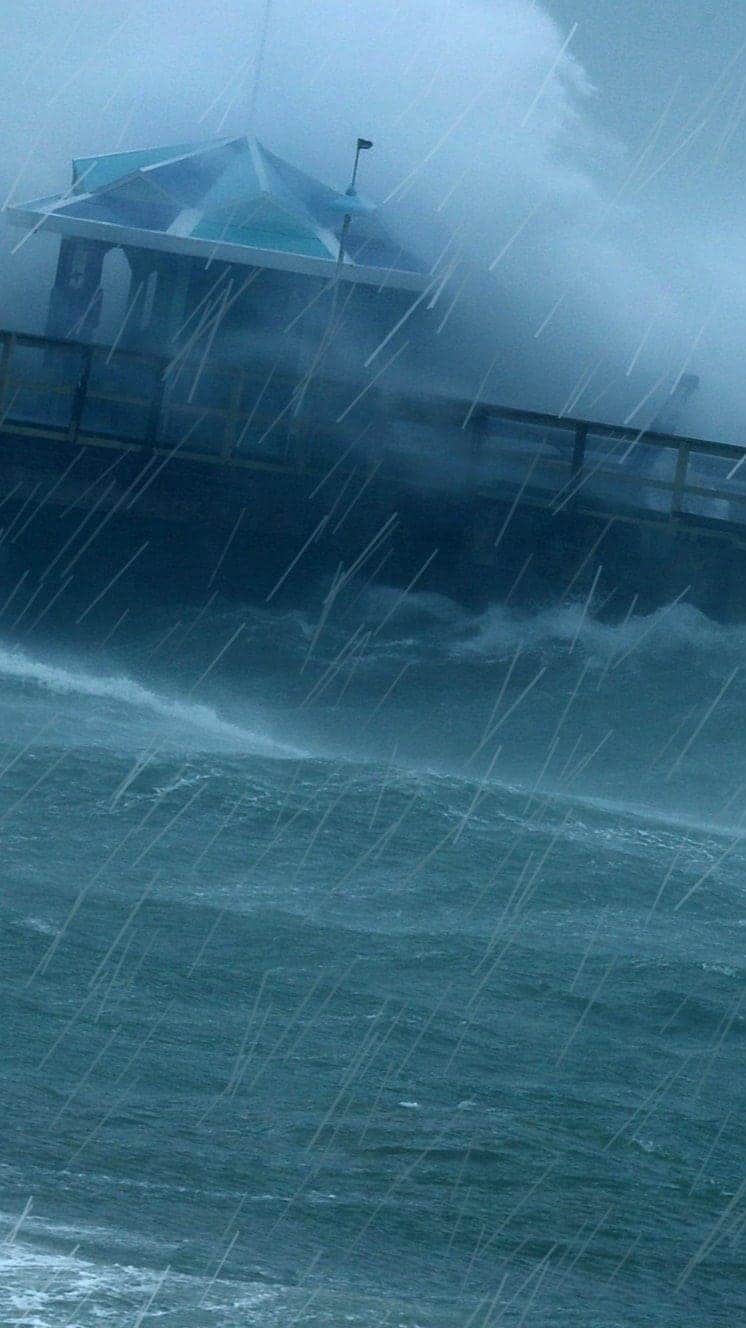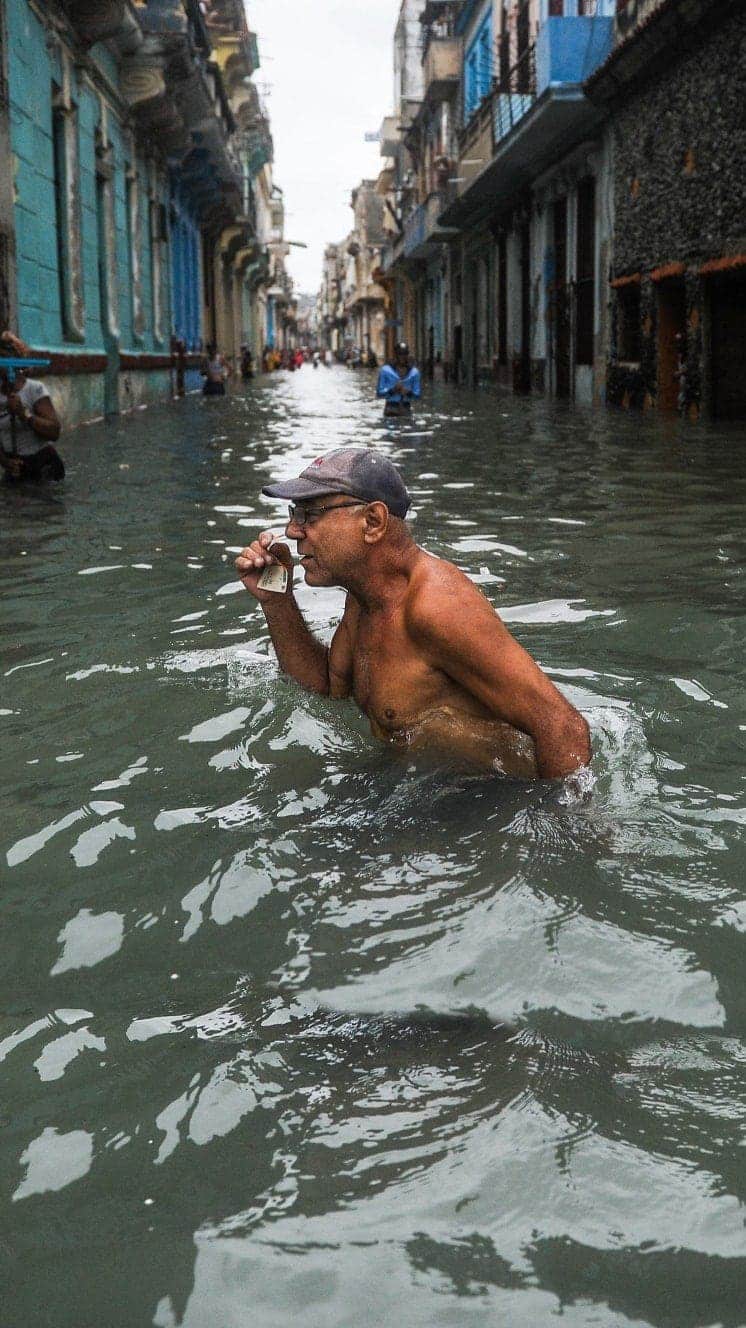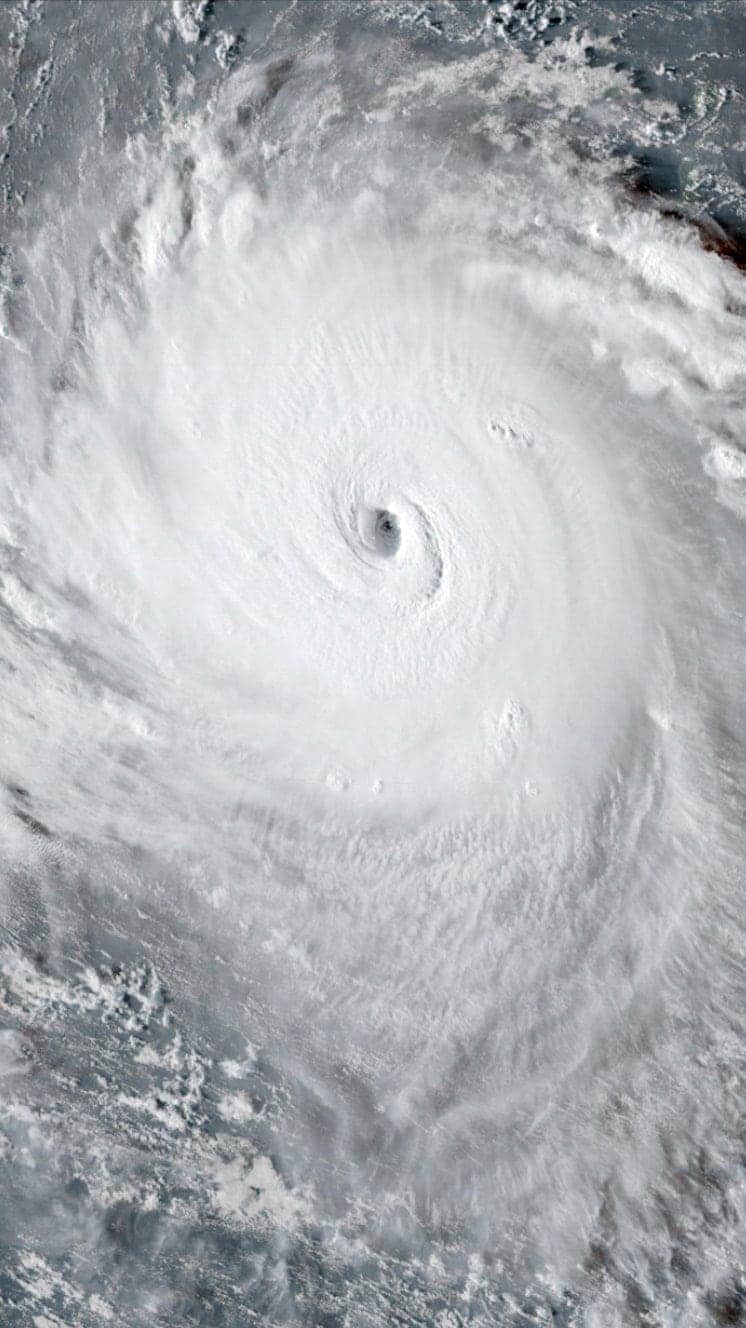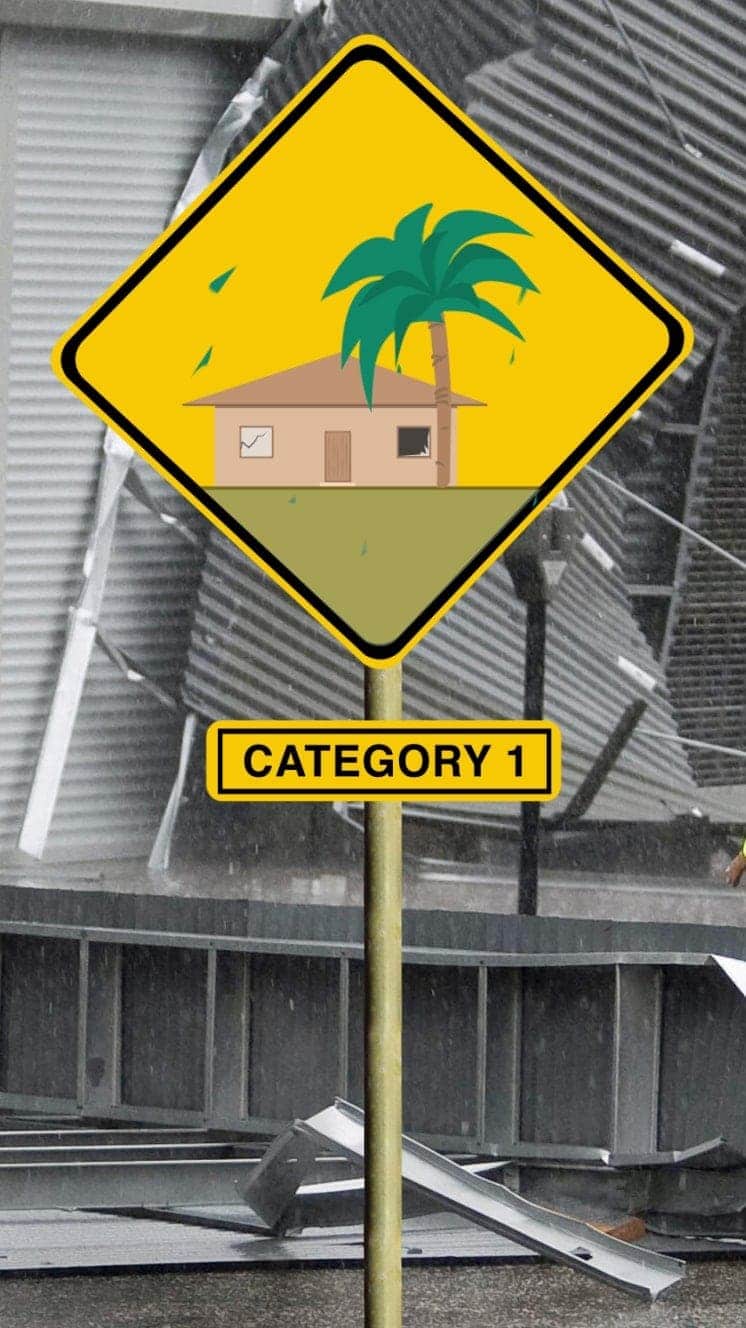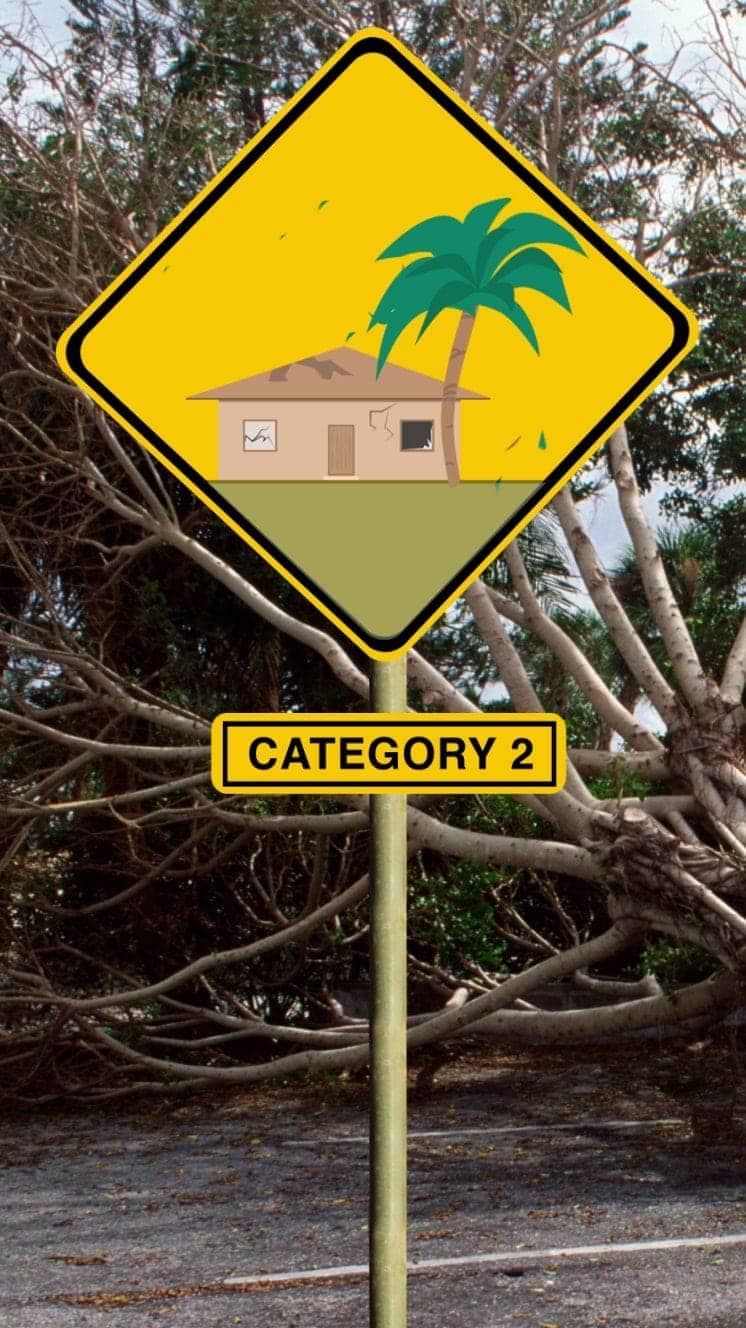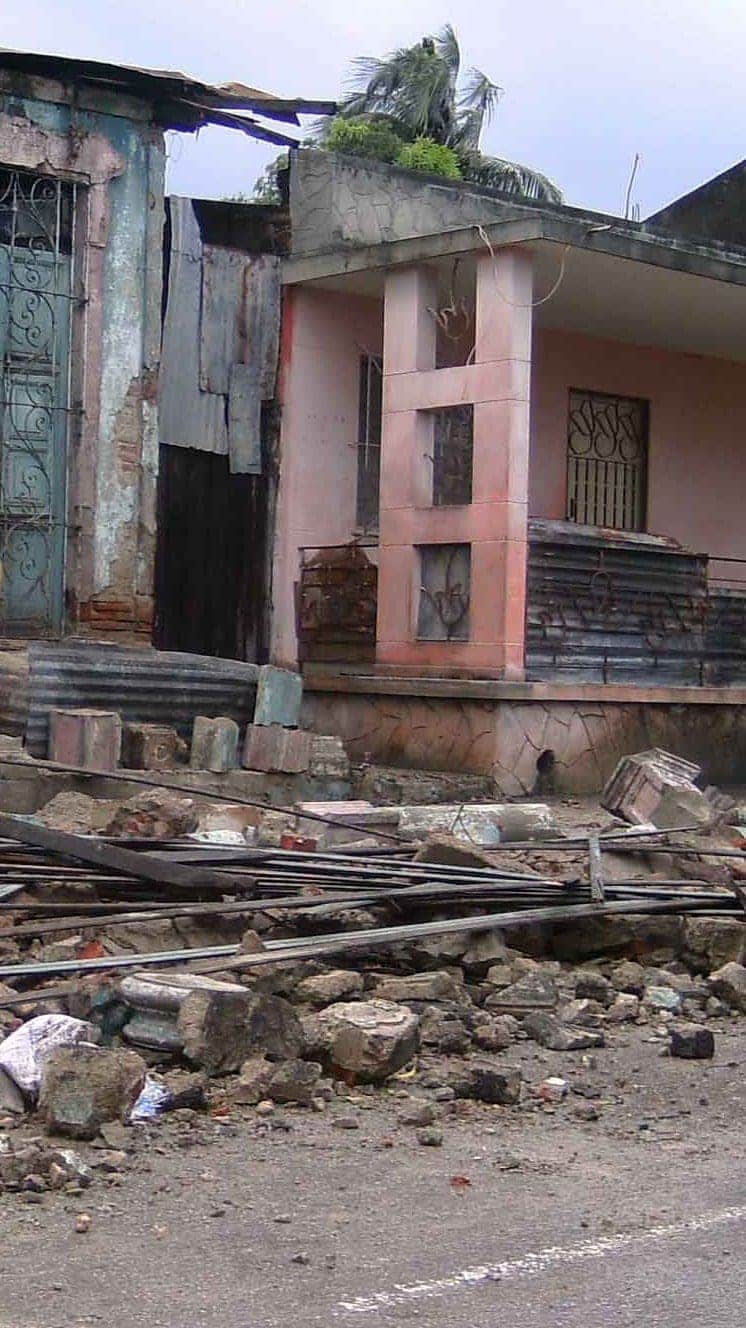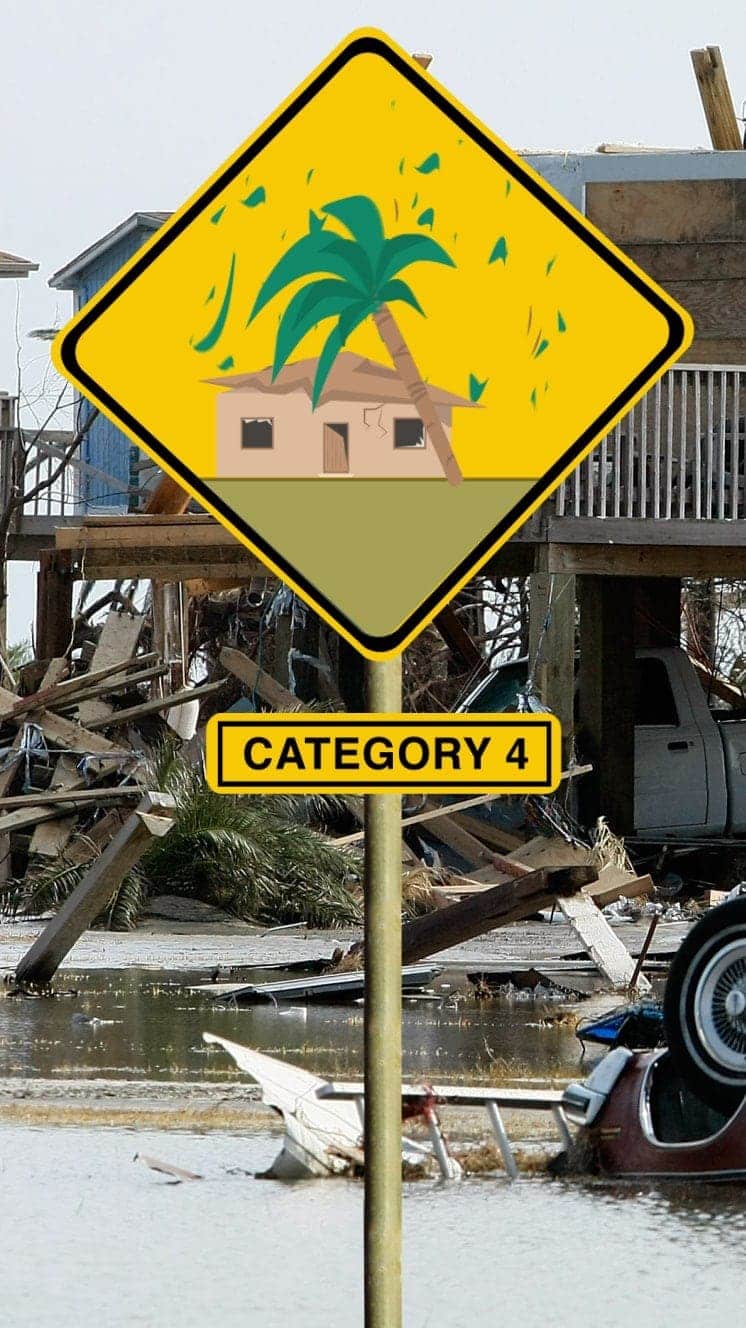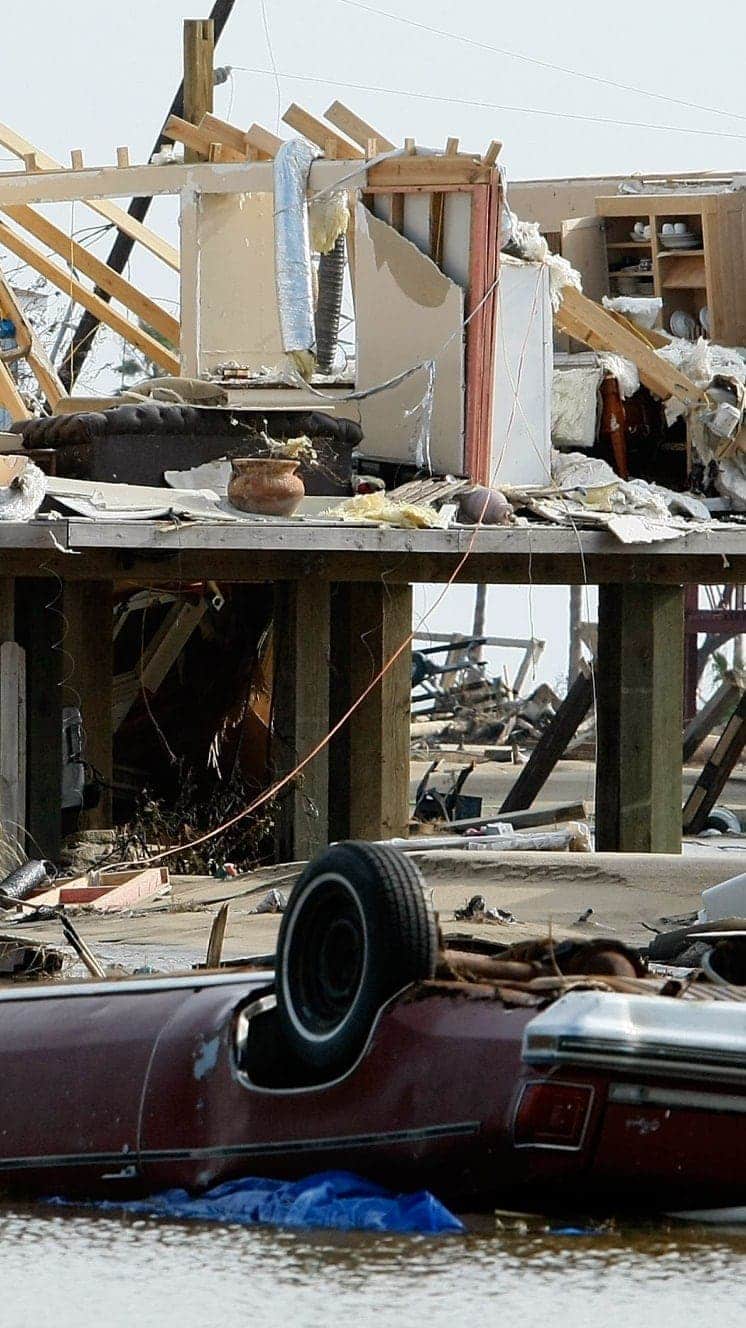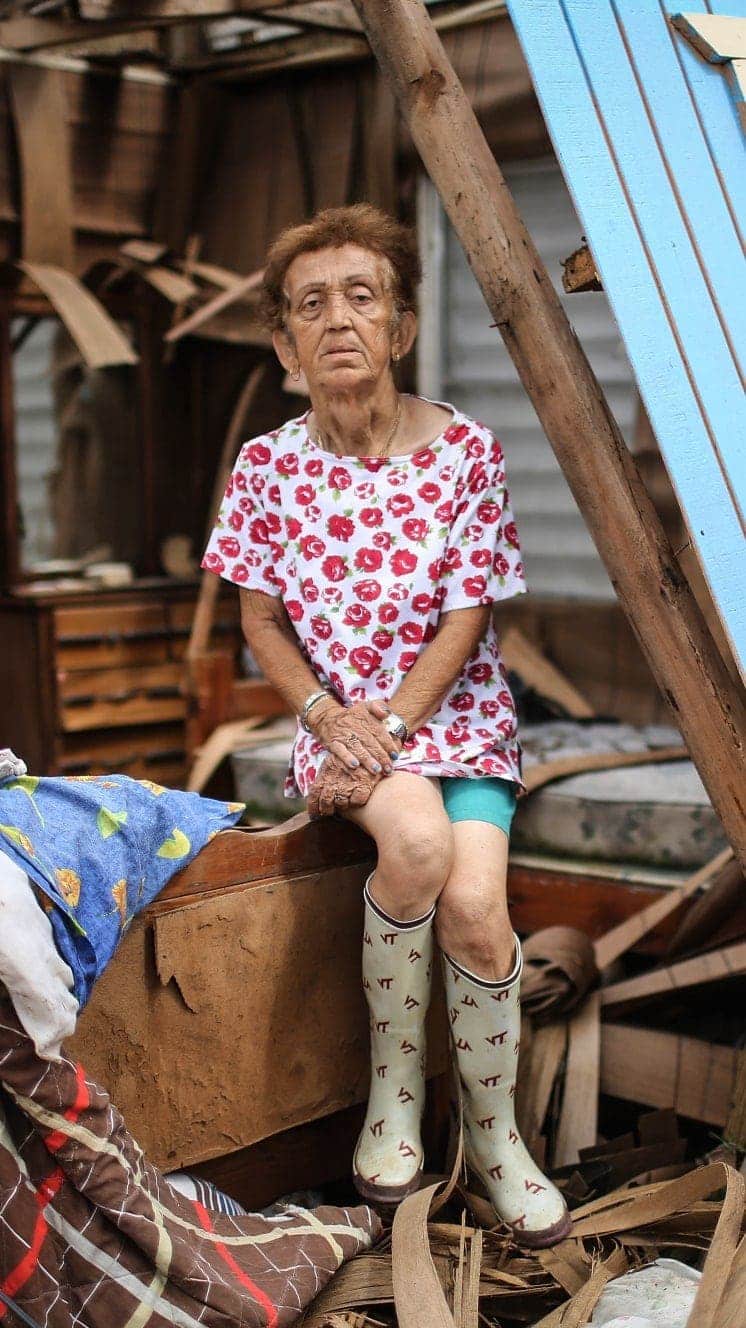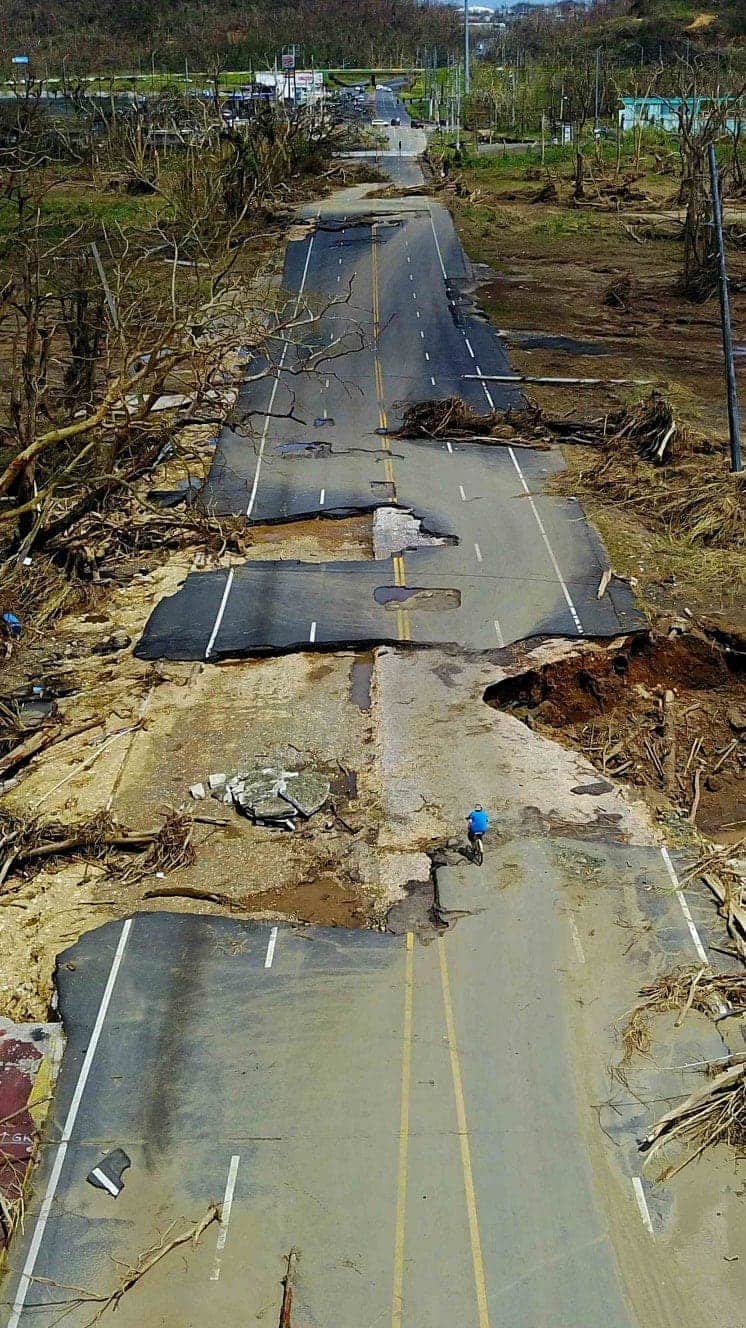In pictures: Hurricane Florence strikes the eastern US
- Published

Hurricane Florence seen off the US east coast, over the Atlantic Ocean
Hurricane Florence made landfall in North Carolina on Friday, drenching the East Coast area of the United States.
Five deaths have been linked to the storm and thousands of people spent the night in emergency shelters.
Originally categorised as a hurricane, Florence has since been downgraded to a tropical storm.
Evacuation warnings have been issued for 1.7 million people as it moves across North Carolina, South Carolina and Virginia.
Here is a selection of striking images from when it hit.

Many residents in affected areas boarded up their homes and businesses before the storm hit
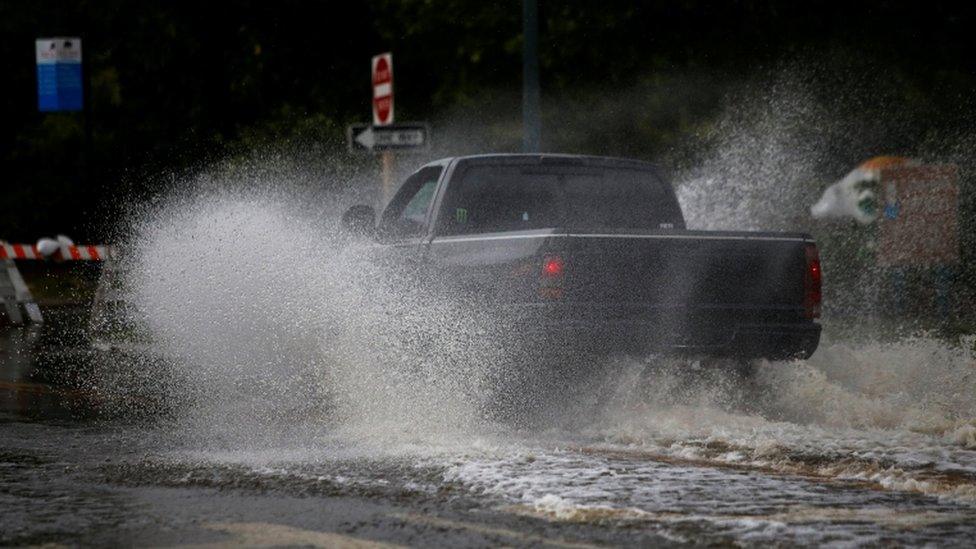
The storm caused many roads, towns, and cities to be flooded
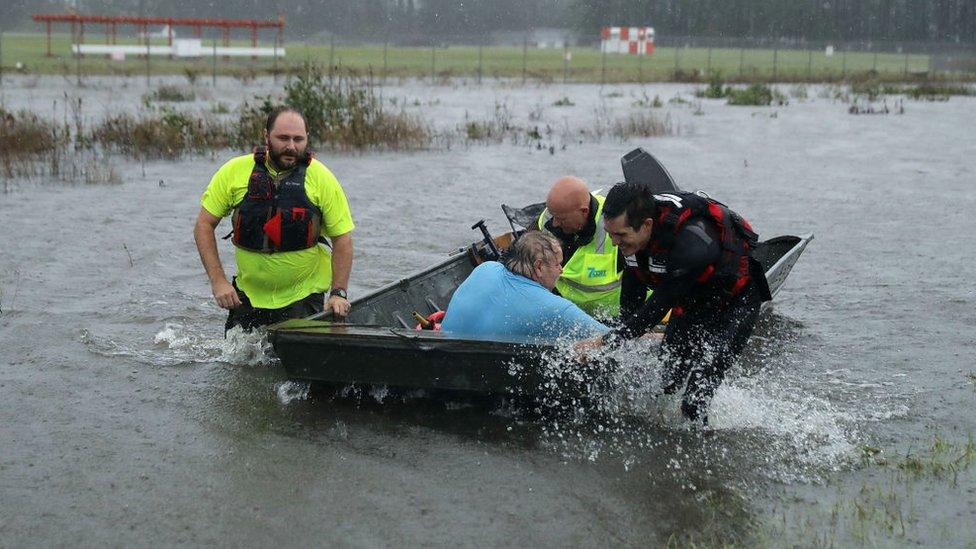
Some North Carolina residents had to be evacuated by emergency teams
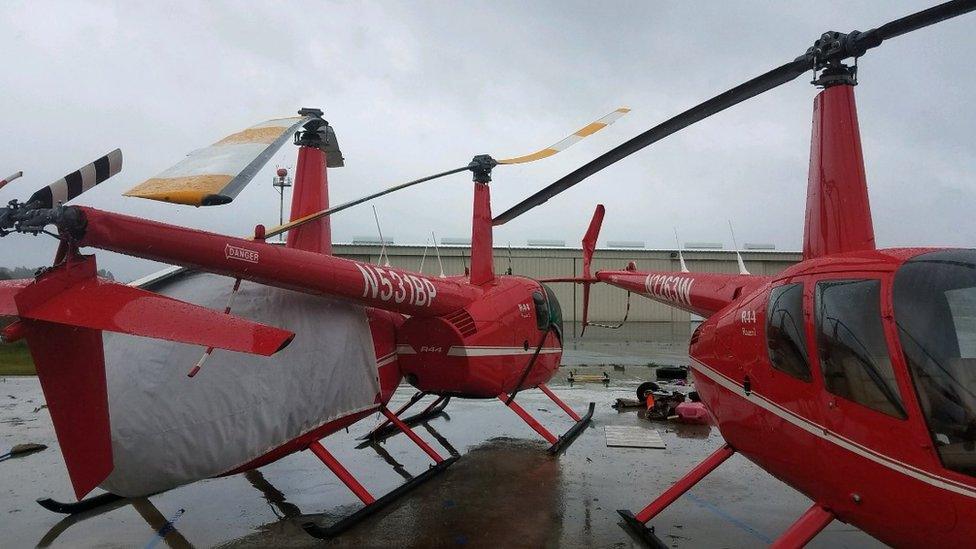
Aircraft including helicopters, an aeroplane and a microlight were damaged by high winds at Marion County Airport in South Carolina
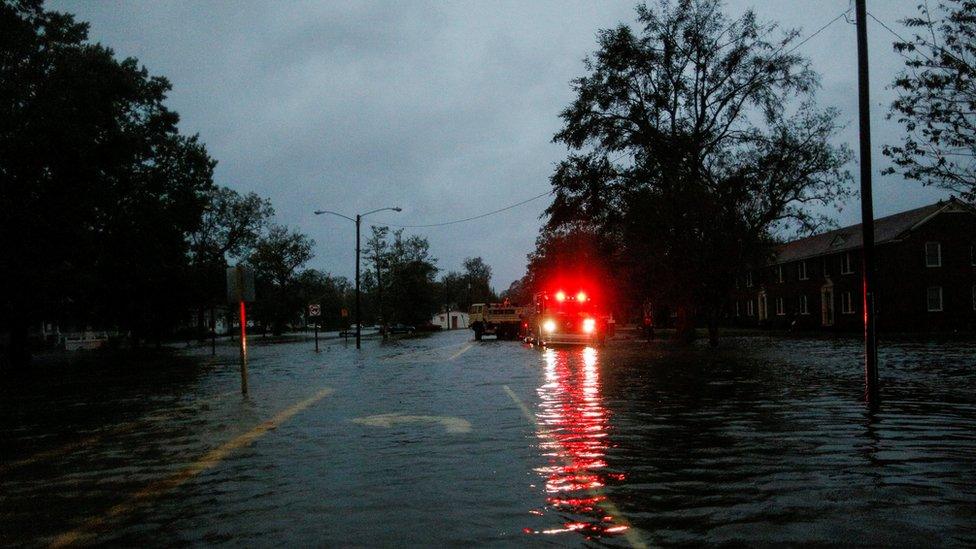
Around 150 people were trapped in their houses in the North Carolina city of New Bern
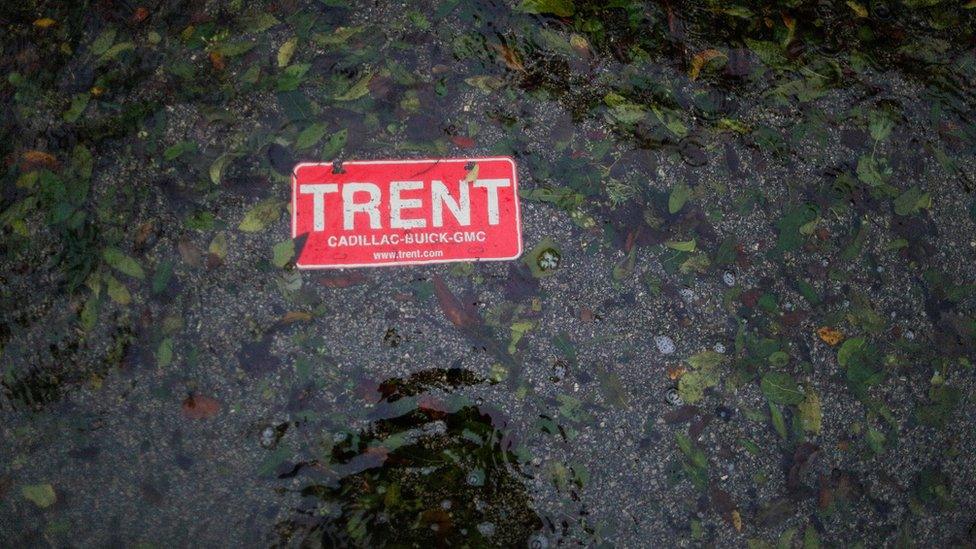
Water from the nearby Neuse River flooded the city

New Bern's streets were flooded during the heavy rainfall
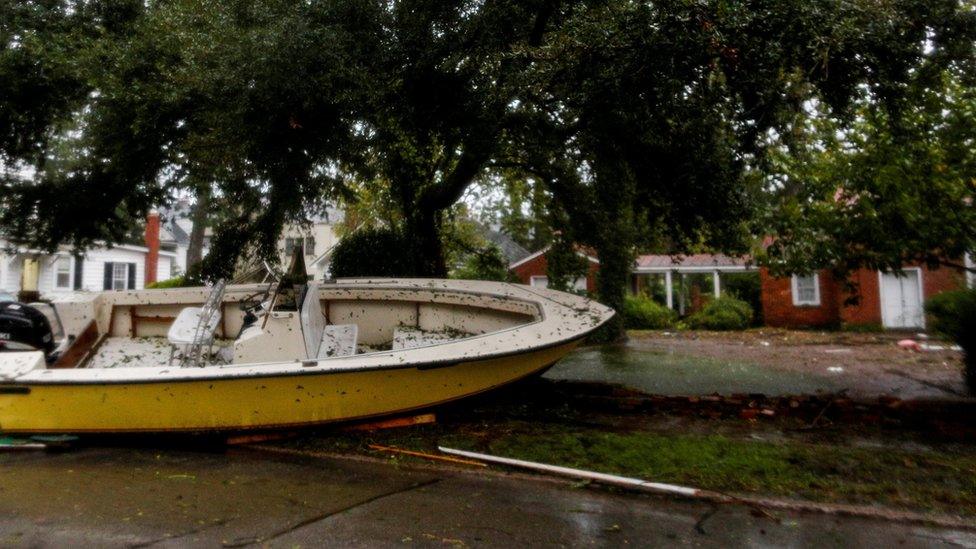
Boats were carried by the force of the winds from New Bern's docks on to the city's streets
BBC on the ground as Hurricane Florence arrives
Are you affected by the hurricane? Please email haveyoursay@bbc.co.uk, external
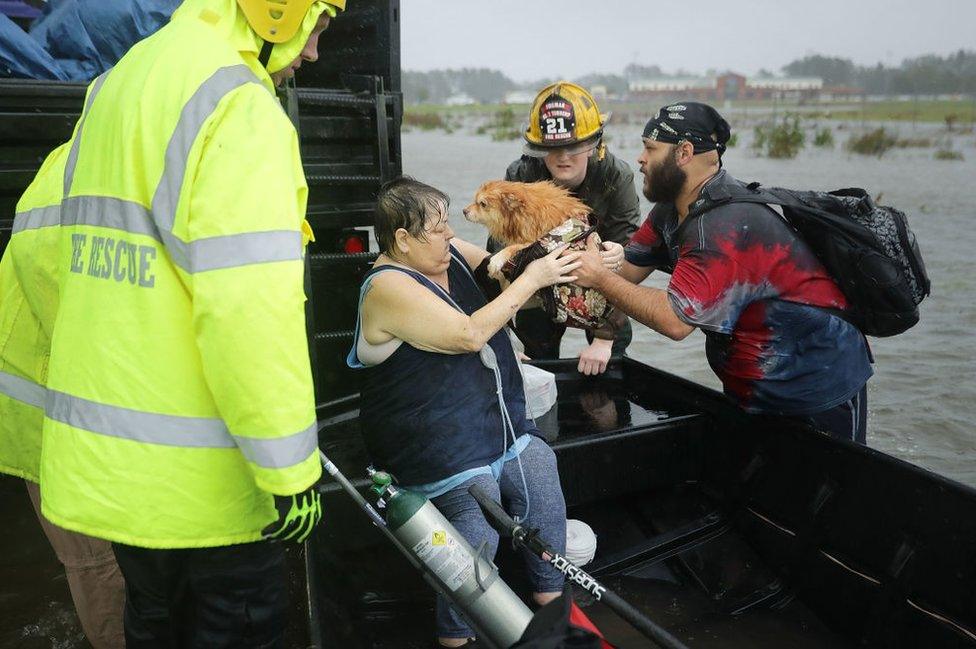
Some residents were reluctant to evacuate because not all shelters accept pets
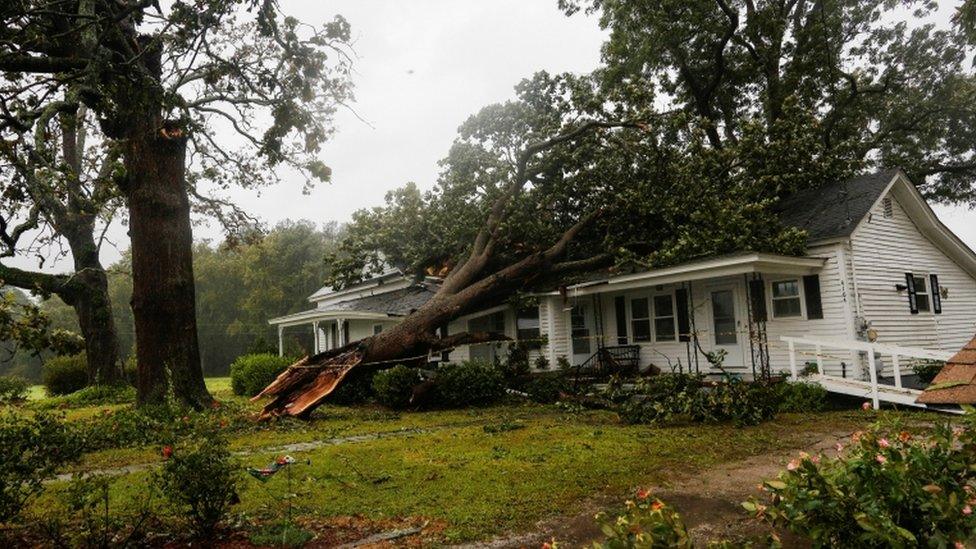
Trees were downed across North Carolina amid high winds
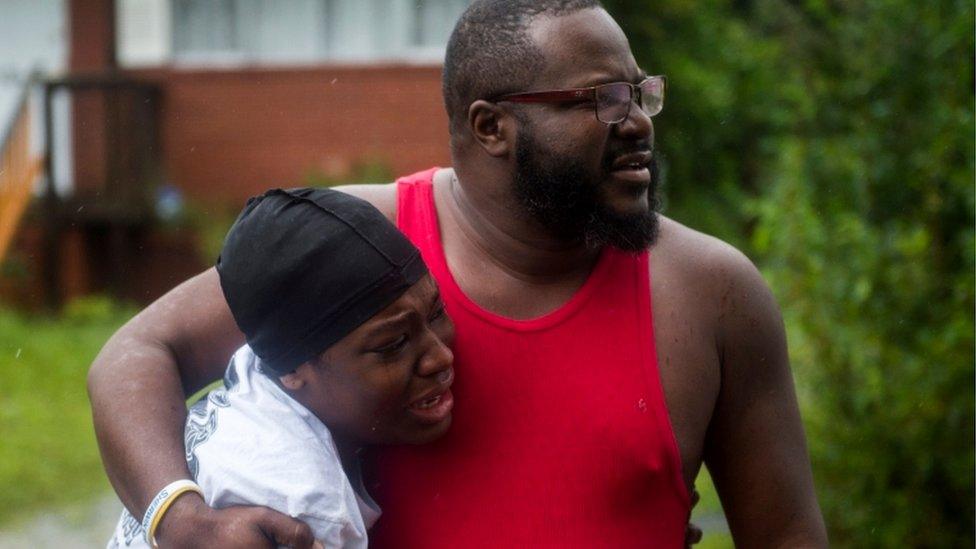
People watch as a neighbour is rescued after a tree fell on his home in Wilmington, North Carolina


The storm continued its way across the Carolinas, sending waves crashing against this pier in Myrtle Beach, South Carolina

You may also be interested in:
All pictures subject to copyright
- Published15 September 2018

- Published14 September 2018
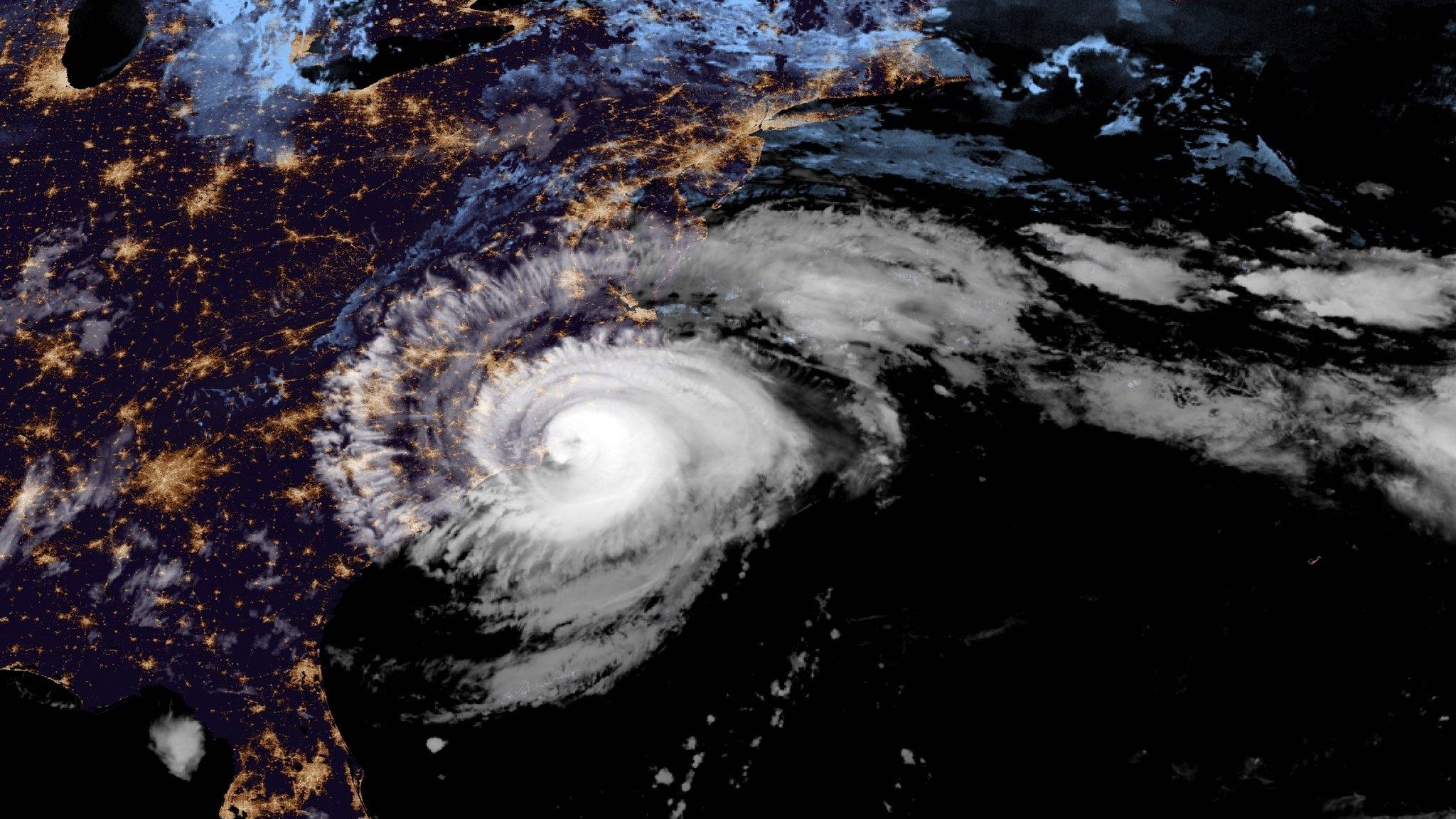
- Published14 September 2018
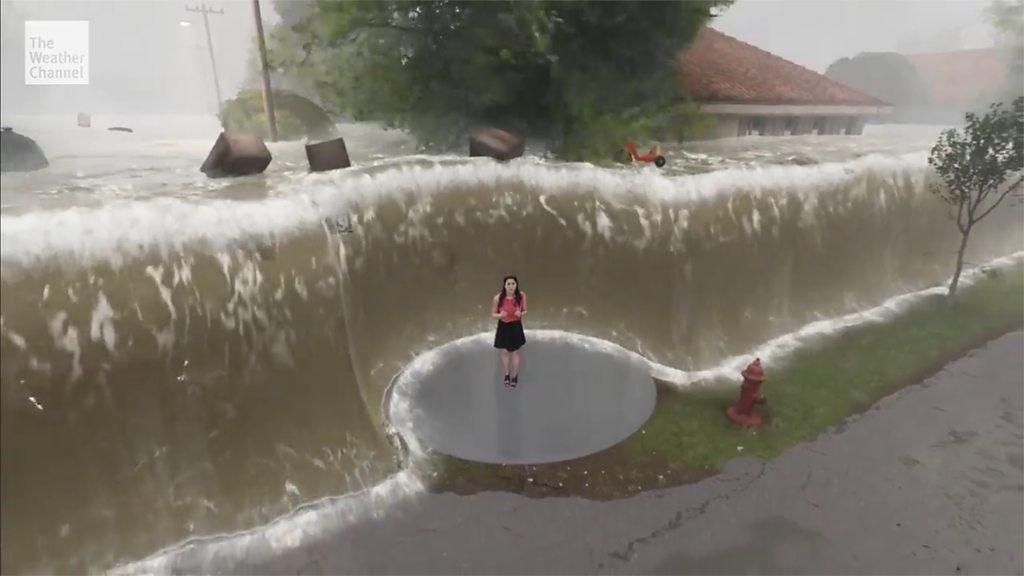
- Published14 September 2018
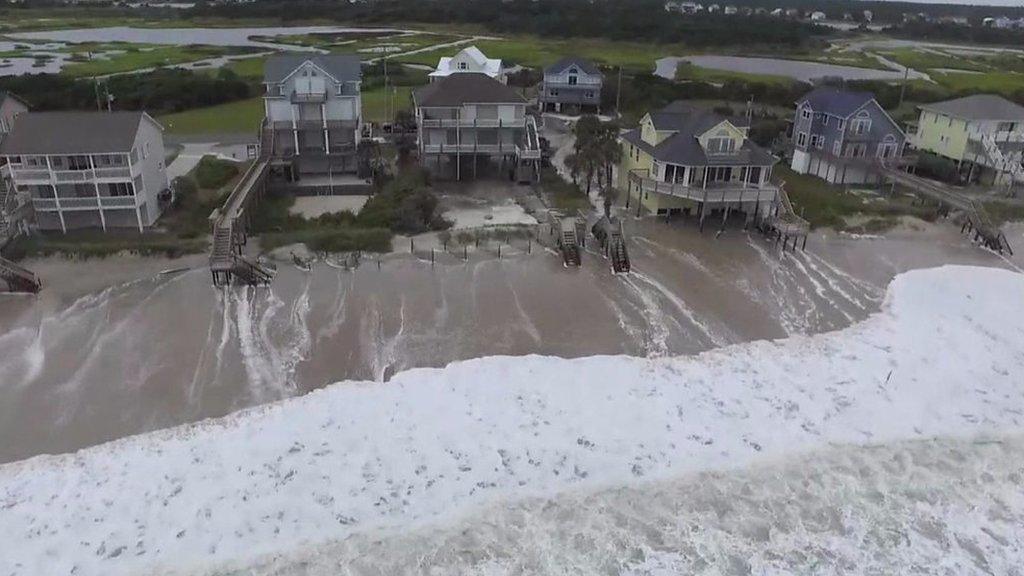
- Published14 September 2018
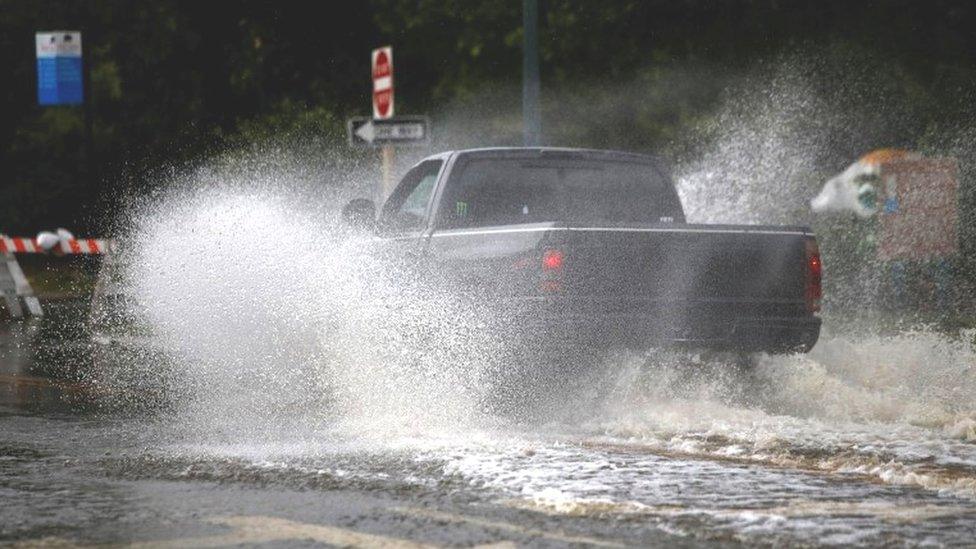
- Published12 September 2018

- Attribution
- Published22 August 2018
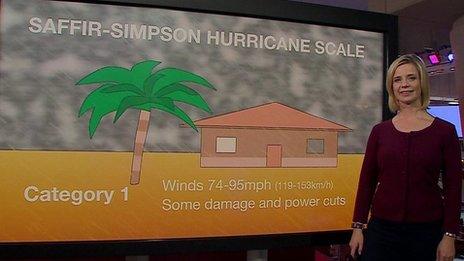
- Published12 September 2018
